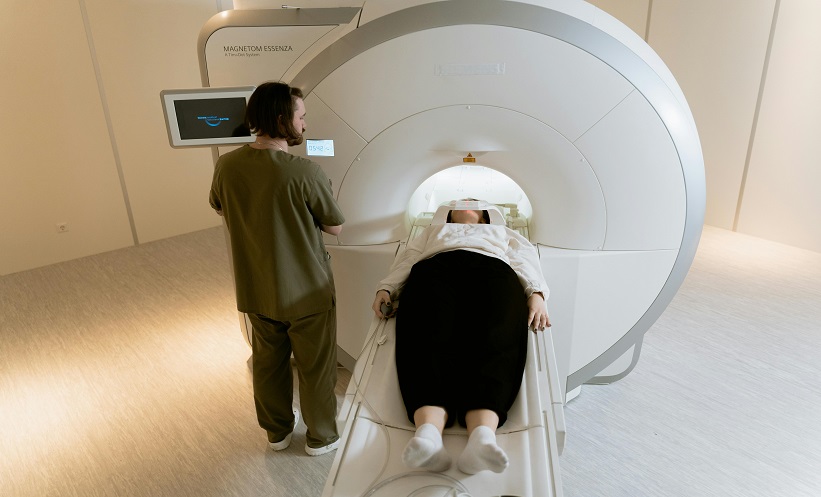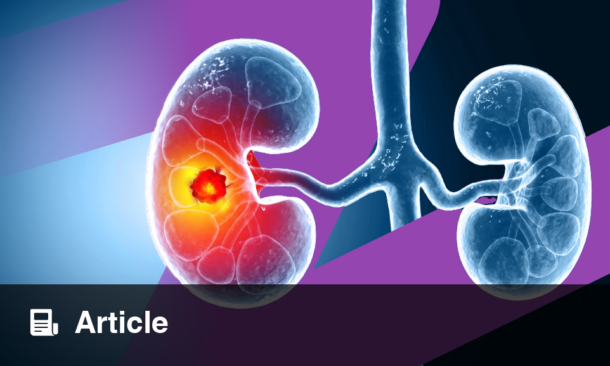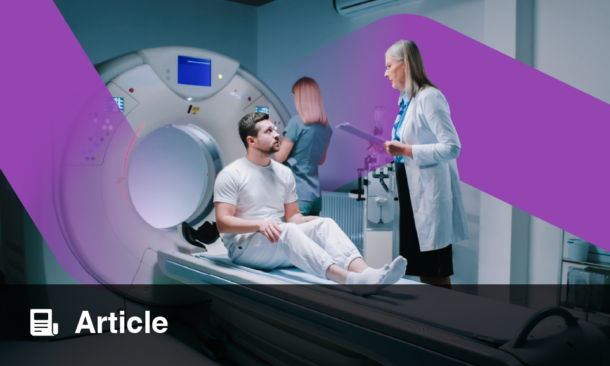ENDOMETRIOSIS is a chronic and often debilitating condition affecting 5–10% of women of reproductive age. Despite its prevalence, accurate diagnosis remains a major clinical challenge, particularly when relying on imaging. While MRI is increasingly used in specialist centres for evaluating suspected endometriosis, interpretation requires experienced radiologists and remains subjective. In recent years, deep learning (DL) tools have shown promise in aiding diagnosis across a range of medical imaging tasks. A recent study presented a novel approach, applying DL to multi-sequence MRI to support the detection of endometriosis. A key finding was that the AI model achieved a sensitivity of 97.6% in identifying cases.
Researchers assembled a retrospective dataset from 2015 to 2024, including 395 patients with pathologically confirmed endometriosis and an age-matched control group of 356 patients who had undergone the same MRI protocol without an endometriosis diagnosis. Imaging included sagittal fat-saturated T1-weighted (T1W) (pre- and post-contrast) and T2-weighted (T2W) MRI sequences. Data were split by patient, with 12.5% used for testing and the remainder subjected to seven-fold cross-validation. Eight radiologists with expertise in endometriosis MRI independently reviewed a sample of images, both with and without AI assistance, to compare performance.
The final deep learning model produced highly accurate results using a combination of T2W and T1W FS images. On the test dataset, the ensemble model achieved an F1 score of 0.881 and an area under the receiver operating characteristic curve (AUROCC) of 0.911. Sensitivity and specificity were 97.6% and 72.0% respectively. Human readers achieved a sensitivity of 84.5% without AI support, which increased to 87.9% when assisted by the model. Interobserver agreement also improved with AI, as demonstrated by a rise in Fleiss’ kappa from 0.5718 to 0.6839.
These findings suggest that DL models can significantly enhance MRI-based detection of endometriosis and may be of particular value in centres without specialist expertise. While the model showed strong performance, limitations include the retrospective design and reliance on a single-institution dataset, which may affect generalisability. Future work should focus on validating this approach in broader clinical settings. Nonetheless, integration of AI into diagnostic pathways could help reduce delays in diagnosis and improve outcomes for patients with suspected endometriosis.
Reference
Moassefi M et al. Advancing endometriosis detection in daily practice: a deep learning-enhanced multi-sequence MRI analytical model. Abdom Radiol (NY). 2025;DOI: 10.1007/s00261-025-04942-8.








